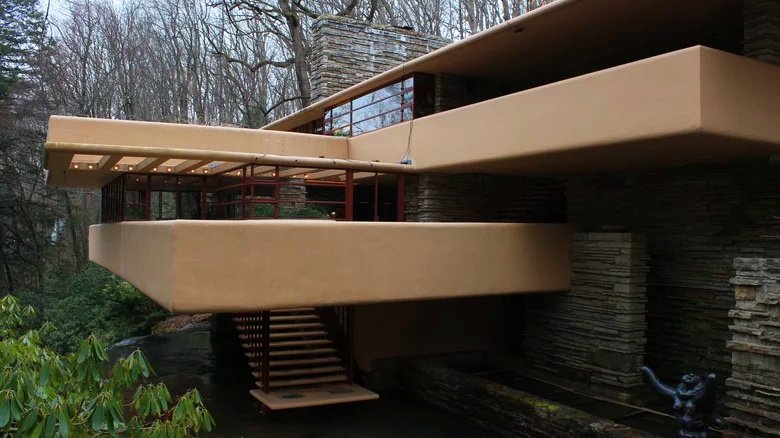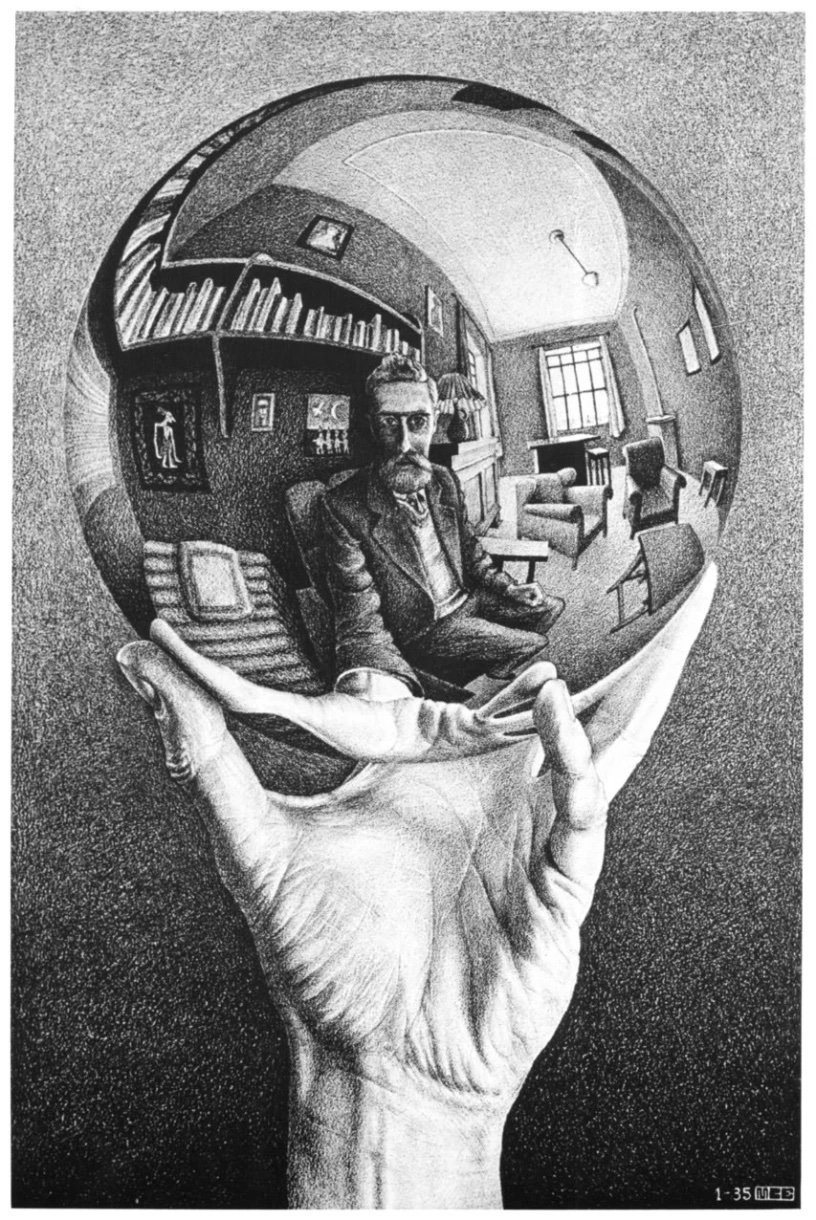When we think about classical music, we usually think of stodgy, boring old music that has been performed a million times. However, I recently had the opportunity to represent an artist who broke that mold.
This artist, Ms. Smith (a pseudonym), is a contemporary classical pianist. That is to say, she is a highly trained and skilled pianist who not only keeps alive the standard classical repertoire but also promotes and performs compositions of “new” music by contemporary composers.
The term “New Music” or sometimes “Contemporary Classical Music” refers to solo, chamber and symphonic works that are being written today by living composers who seek to continue and expand upon the classical traditions we all know and love.
[Quick aside…“Contemporary Classical Music” is really an oxymoron, since “classical” technically refers to the art and compositions of a certain time period, roughly between 1750 and 1820. However, in common parlance, the term “classical” has come to mean any non-pop music of the past, so we won’t get too pedantic about the description here.]
Ms. Smith recorded and performed as a soloist at classical and contemporary classical music events and concert halls throughout the world. She recorded classical and contemporary classical music on the piano during live solo and ensemble performances and in cutting edge recording studios for special albums and events.
It can be difficult to introduce a new piece of music to an audience that is used to hearing only the established canon of masterpieces. Ms. Smith’s unique abilities at the keyboard are invaluable to the commercial and artistic success of this music. She is able to play technically difficult and unknown compositions in a way that gives them the performance they deserve and makes them accessible to the public.
Often these are the premiere performances of new works and therefore their proper presentation to the public for the first time is critical. These are the qualities that her artistic collaborators and musical audiences find extremely important.
Ms. Smith is an award winning pianist who received numerous national and internal prizes in music competitions. Moreover, she has worked with numerous award-winning musicians who have relied upon her unique musicality and musicology to interpret their compositions into music that is enjoyable and accessible to new audiences.
The composers themselves, upon hearing Ms. Smith perform their piece for the first time, have remarked that she made their music “come alive” for them. High praise, indeed!
Though maybe not a household name, Ms. Smith has been recognized, due to her extraordinary abilities, by this generation of classical music composers and performers as a pioneer in advancing the creation of solo and chamber works of the future while having one foot securely grounded in the traditions of the past.
As a result of her original contributions of major artistic significance, Ms. Smith has enjoyed sustained acclaim as an artist of extraordinary ability.
We were able to show USCIS that Ms. Smith merited O-1B classification by providing evidence of:
(1) her original artistic contributions of major significance in the classical music industry;
(2) her performance in a lead, starring, or critical role for organizations or establishments with distinguished reputations; and
(3) her receipt of significantly high remuneration for her performances.
One need not be famous to the general public in order to qualify for an O-1B. A well documented record of contributions and recognition by other influential people in the industry is sufficient for O-1B purposes.
As an agent for Ms. Smith and her various employers, we were able to assist her in the preparation and filing of one O-1B petition, which included all of her job offers, projects and commitments, thereby saving time and money for Ms. Smith and her prospective employers.
#O1B #businessimmigration #musicians #classicalmusic #pianists

















































